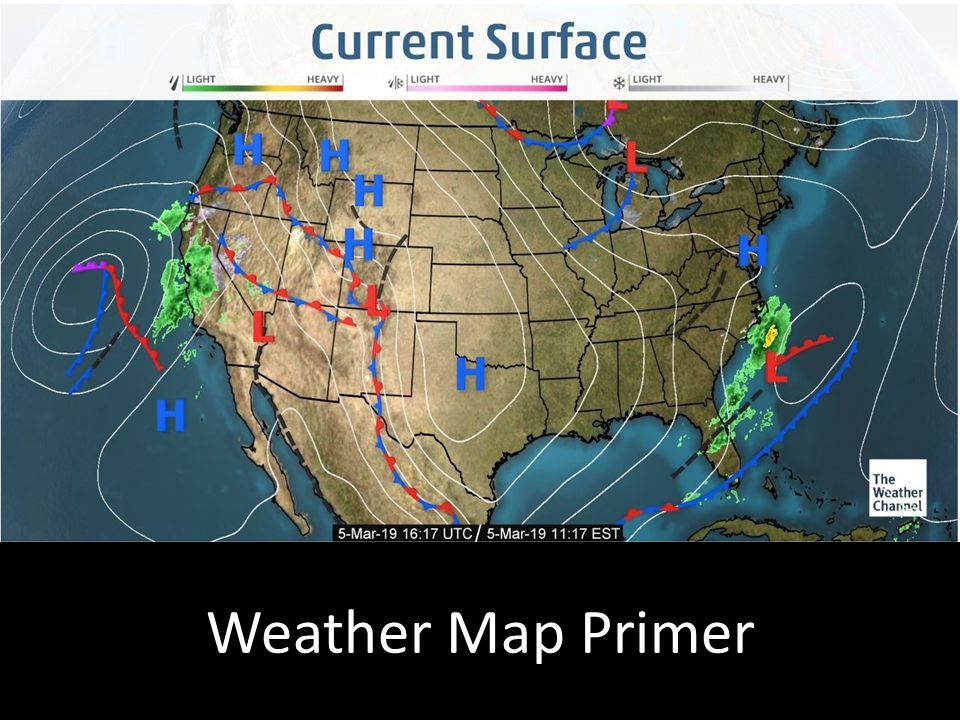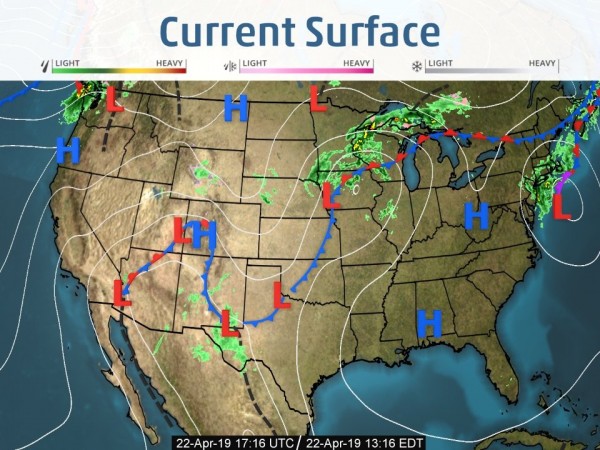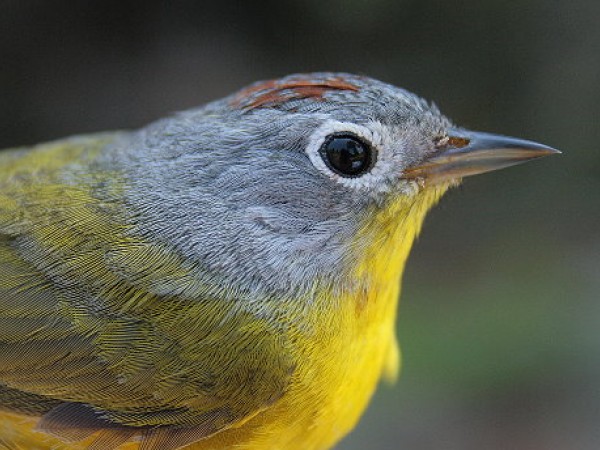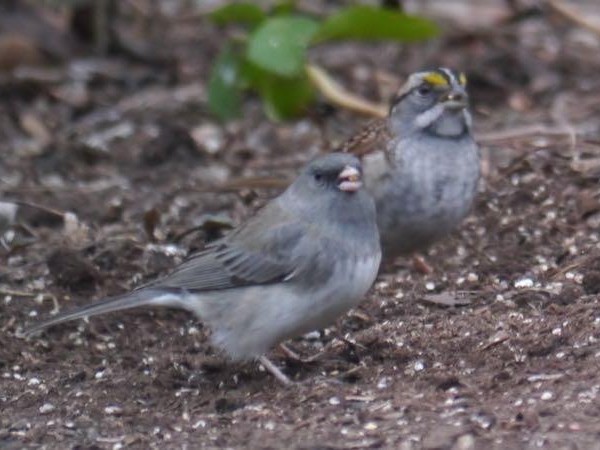Cold Front Across Much of the U.S.
Migration was shut down in the eastern and western U.S. over the weekend; the Gulf coast saw a big influx of new birds.
Dear Journey North members,
In may places, we are into the peak of spring migration; in other places, migration has just begun. Last week, I talked about a strong cold front that moved across the country. I also mentioned that I would be leading the bird crew of a BioBlitz over the weekend. Well, it was chilly and windy for the BioBlitz, which meant that we saw no new migrants. However, because of the cold front, migrant songbirds, that had already arrived, were forced to stay put. We saw 60 species total, including 18 species of migrants, with new species being Eastern Kingbird, Great Crested Flycatcher, Yellow Warbler, and Gray Catbird. Just before the bad weather, migrating songbirds pushed well into New England, with 11 species of warblers seen in New York, including the first American Redstarts, Bay-breasted Warblers, and Magnolia Warblers, and Indigo Buntings and Rose-breasted Grosbeaks have made it all the way to Maine!
While migration was shut down in the east over the weekend, the Gulf coast saw a big influx of new birds, as winds had shifted to the south. In addition to many of the species that have been seen over the past few weeks, Texas and Louisiana reported the first Cerulean, Chestnut-sided, Cape May and Blackburnian Warblers, as well as Swainson’s Thrush, Veery, Least Flycatcher, and Warbling Vireo. Those south winds helped push Hooded Warblers, Ruby-throated Hummingbirds, Gray Catbirds, and Baltimore Orioles into places like Ohio, and Indiana.
The western U.S. was not as active as the east, but they still had some arrivals. Seven species of warblers were seen throughout much of central California, along with the first Olive-sided Flycatcher. Some of those warblers, such as Orange-crowned, Nashville, and Black-throated-gray, were able to make it as far as Oregon and Washington.
The coming week looks good for the eastern half of the U.S., but not so good for the western half. If you look at the weather map, you can see a cold front and developing storm system in the Great Lakes and in the Southwest. This system is expected to intensify, but not move much. Rainy conditions and north winds are expected over much of the western half of the country, which means there will not be much migration taking place. In the eastern U.S., however, there will be sunny skies and south winds for most of the week. There should be a lot of movement and many potential sightings of songbirds!
Migration will be pretty active for the next couple of weeks, so don’t miss out!
Take care.
David Aborn







